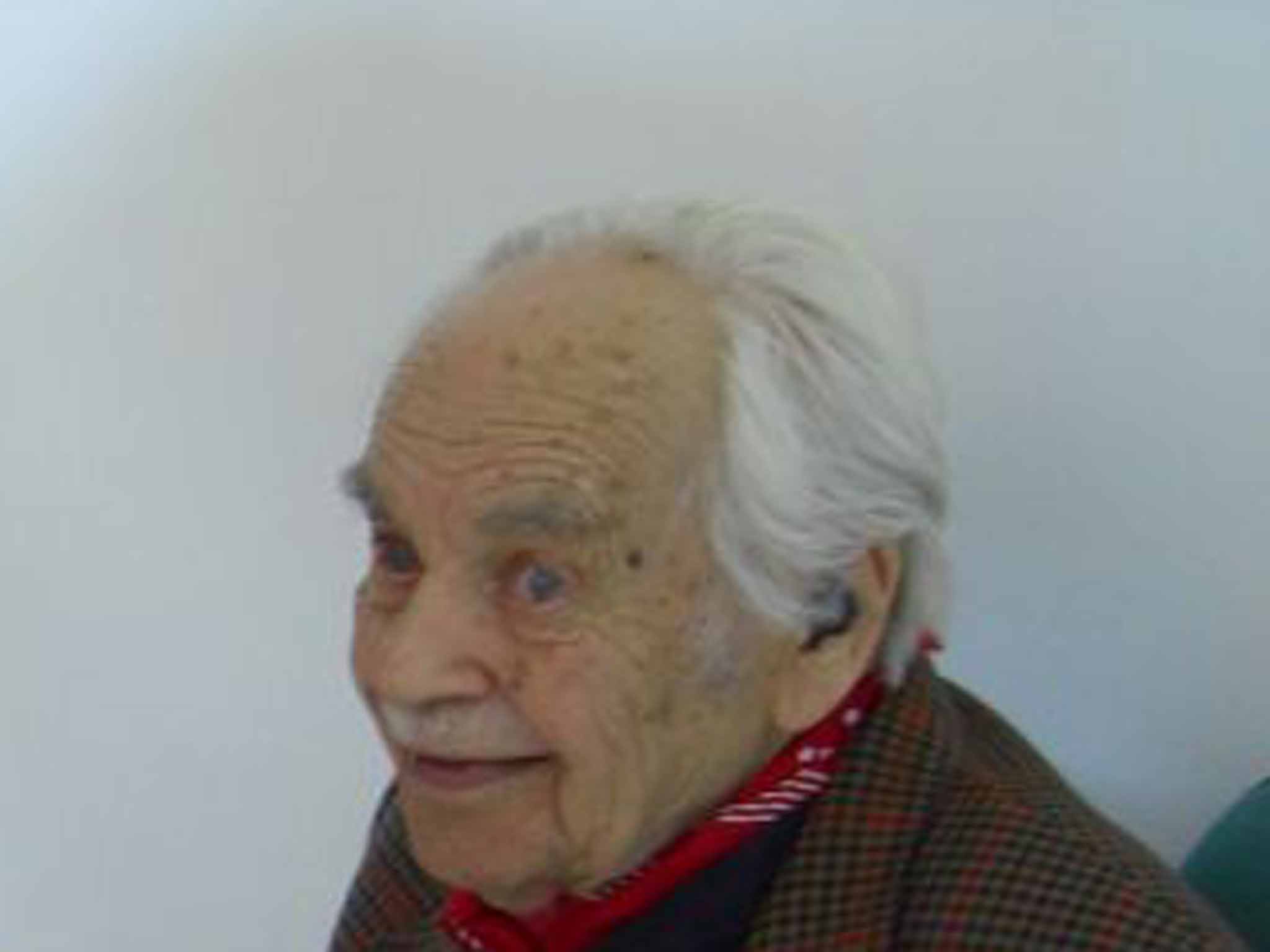Cavendish Morton: Painter and illustrator acclaimed for his impressionistic landscapes and sweeping, atmospheric, marine panoramas
A convincing and effective ambassador for the cause of art, his reminiscences were fascinating art-historical insights into a bygone era

During an exceptionally long and productive career the impressionistic landscape painter, designer and illustrator Cavendish Morton upheld the traditional tenets of landscape painting, underpinned by acute observational powers and graphic fidelity. Alighting on pastoral, and above all maritime, themes in East Anglia and the Isle of Wight – the two locations where his career was principally acted out – Morton elicited in his work an abiding feeling for genius loci, or spirit of place, that quintessential English quality investing naturalism with elements of human geography and social history.
Many works were commissioned, notably at South Coast docks and shipyards, inside factories or on postwar motor racing sites. These brought out a powerful documentary quality: he illustrated books and was technical illustrator for Sphere magazine.
While he never properly embraced abstraction or taught in art schools he was a convincing and effective ambassador for the cause of art, which he advocated first as a long-standing chairman of Gainsborough House at Sudbury in Suffolk during the 1960s, then as a member of Eastern Arts Association and later as president of the Isle of Wight Art Society.
Morton and his twin Concord, who excelled at portraiture, were born in 1911; their father was a stage designer and photographer with prints in the National Gallery while their mother was a productive novelist who wrote under the nom de plume of Concordia Merrell. Raised at Thornton Heath in Surrey and then at Bembridge, east Wight, Cavendish naturally focused on the sea, a recurring subject reinforced by a 1926 sojourn at the Cornish art colony of St Ives.
He drew the testing shapes of boats the construction of which also engaged him while he worked for a local boat-building firm as a sprightly teenager. He would, in fact, later follow St Ives artists like Borlase Smart, John Park and Leonard Richmond in sending work to the Royal Academy Summer Exhibition. From the precocious 19-year-old's RA debut in 1930 until the mid-'70s Morton showed no fewer than 31 works at Burlington House.
Whether essaying subtle atmospheric effects within sweeping marine panoramas or fusing pictorial composition with looming, structurally imposing architectural or man-made subjects, Morton never lost sight of the quality of painted surface as a sensual plastic. The Ledge, Bembridge (1935) captured fugitive sunbursts across the Solent, a metaphor, perhaps, for a fragile prewar calm.
Anticipating the spiky neo-romanticism of Graham Sutherland, Alan Reynolds and Roy Turner Durrant, Morton's botanical subjects, posited like personages against marine or flame-coloured backgrounds, integrated natural science illustration with an expressionistic distortion.
Teazels, reed stems or artichokes recurred as preferred plants for scrutiny. While never an official war artist, Morton documented industrial aspects of the war effort. In 1946 he married the music teacher Rosemary Britten, with whom he had a son and two daughters. The family moved to east Anglia, living in an old Elizabethan house, Stanley House, at Eye, Suffolk. As well as twice serving as mayor, Morton served on numerous East Anglian cultural bodies and taught art for many years at adult evening classes and in local schools. In the course of many dealings with artists he gently challenged, Alfred Munnings on the RA president's notoriously reactionary anti-modernism and accompanied LA Lowry around Eye town hall, Morton having loaned the famous Manchester artist's work from David Carr's notable collection for a 1951 show there.
While chairman of Norfolk Contemporary Art Society he acquired work by leading local artists like Rowland Suddaby, Mary Newcombe, Jeffrey Camp and Prunella Clough for the society's collection. Morton's love of classical music also saw him become chairman of Aldeburgh Music Festival and after Aldeburgh, Snape Maltings were destroyed by fire in the mid-1960s he commenced a series recording the rebuilding of the gutted site's music festival headquarters. What he called "the long-lasting inspiration of Aldeburgh beach" on his work was made possible through the acquisition of a second holiday home, Edinburgh Cottage, which the family rented out to augment their income.
The 30-year East Anglian career ended in 1977 when, after his wife's illness and death, he returned to the Isle of Wight. Here he revisited the maritime themes of his youth, delighting in the spectacle of Cowes Week and the assorted regatta stemming from Bembridge Sailing Club, of which he was a member. Closer to the coloured lyricism of Dufy, who briefly painted in Cowes during the 1930s than to the almost photographic exactitude of Montagu Dawson, Morton's sailing subjects unfurled pure almost abstract rhythms from the colourful bloom of large sails in the wind. The paraphernalia of boat yards were also depicted, along with ocean-going tankers and liners on the Solent. Morton, indeed, shared with the Hampshire-based Richard Eurich an intimate understanding of the transitory traffic on the Solent.
Though the gradual onset of blindness prevented work during the final years, he retained a very sharp memory and his reminiscences were fascinating art-historical insights into a bygone era. A series of local exhibitions mounted by the local Wight collector James Bullin and the publication of a monograph by Bella Janson shortly after the artist's 101st birthday delighted him, as indeed the many satisfied customers and collectors of his firm, distinctive and always well-crafted work.
Cavendish Morton, artist: born Thornton Heath, Surrey 17 February 1911; married 1946 Rosemary Britten (deceased; two daughters, one son); died 30 January 2015.
Join our commenting forum
Join thought-provoking conversations, follow other Independent readers and see their replies
Comments
Bookmark popover
Removed from bookmarks